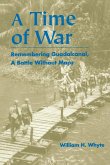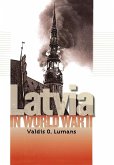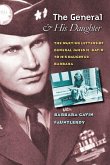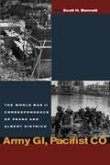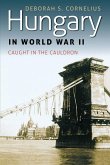The corporate and urban jungles of late-twentieth-century America were far from those of Guadalcanal that provided a sort of coming of age for Whyte. Following Officer Candidate School at Quantico, Virginia, Whyte reported to the First Marine Division at New River, North Carolina, in 1942. While leaders in Washington discussed Pacific War strategy, word arrived that the Japanese had begun construction of an airfield near Lunga Point on Guadalcanal. Fearing establishment of the base might presage a thrust southeastward that would sever the line of communications between the United States and Australia, the Joint Chiefs of Staff authorized Operation Watchtower, the seizure of Guadalcanal and Tulagi by the First Marine Division. On the last day of July, 1942, the First Division set sail for Guadalcanal. Whyte had only an inkling of what was in store for the Marines when they landed on the north coast of Guadalcanal seven days later. Planning for the campaign had been rudimentary at best. When the First Marines splashed ashore without opposition from the Japanese, they thought it would be easy to seize their first objective, Mount Austen. They soon learned the inadequacy of their maps when that objective proved to be several miles inland through eight-foot-tall kunai grass that trapped the heat and made even walking difficult. What quickly developed was the first real test of land combat between the United States and Japan. The goal was to seize a partially constructed Japanese airfield on Guadalcanal before the Japanese could make it operational, an objective quickly achieved. Unfortunately, the capture of the airfield simply marked the beginning of what would develop into theMarines' longest campaign in World War II. The battle for control of Guadalcanal and what Americans learned from it forms the heart of William H. Whyte's memoir, published here for the first time.
Hinweis: Dieser Artikel kann nur an eine deutsche Lieferadresse ausgeliefert werden.
Hinweis: Dieser Artikel kann nur an eine deutsche Lieferadresse ausgeliefert werden.


